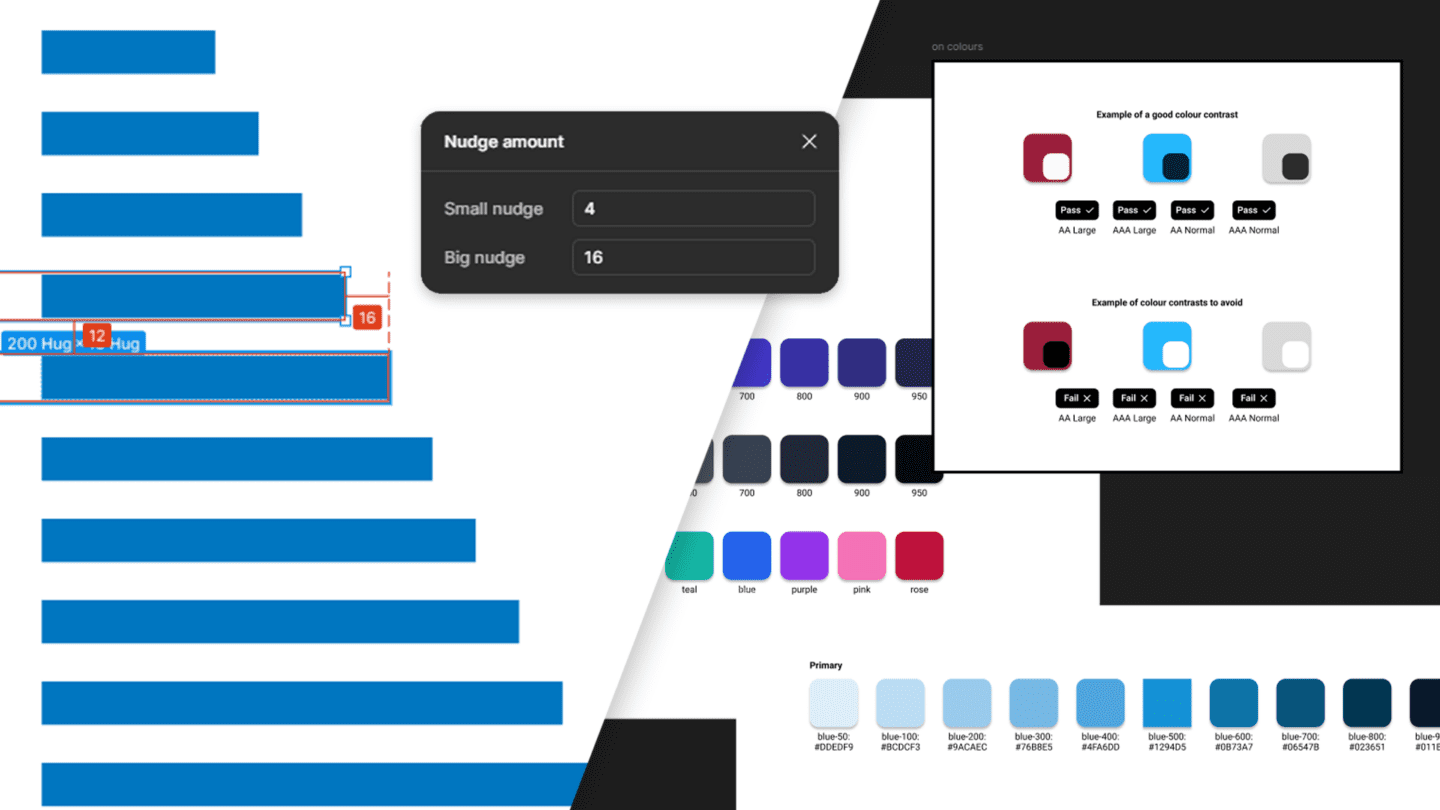Storyboarding is a method in which to illustrate the interaction between a person and a product. A storyboard allows a team to visually map out and specify how a user interacts and reacts to a product whilst considering additional external factors. Put simply, they can engage multiple stakeholders and take them on a journey of the customer experience.
Storyboards can also be hugely influential in ensuring the project team understands the experience from a user’s perspective. In the digital age, the emotional connection offered by storyboards is key to influencing clients to implement changes that their end-users want most.
‘Storyboards help us build a better story about our product, unify teams, inspire design concepts and get us closer to evoking the pleasure, emotion and meaning of the experience we intend to deliver to users through the products and services we design.’
Cindy Chastain, 2009
Why use a Storyboard?
Stories have long been established as the most convincing and persuasive common tool. Storyboarding helps UX designers to present clients with differing viewpoints of their potential or existing clients and experience their product as their customers would. One of the best things about storyboards which make them such an effective form of communicating and engaging clients with their problems is that they are so simple.
UX designers can cast a range of different viewpoints in a compelling story which maps out and allows the client to follow their journey and experience it with them from start to finish. They break away the jargon and confusing numbers and figures present in many large reports and papers, stripping everything away to find the very core of the problem in a simple and succinct format. This allows room for differing personas, behaviours, requirements and potential solutions to float about easily.
Why are Storyboards Considered to be so effective?
Storyboards allow clients to visualise their problems and understand the audience they are creating their product for, discovering areas they may be falling short in both usability and function. It allows them to visualise a new solution and perhaps re-evaluate their problems and see them in a new light. But what is so great about storyboards is that the visual (way of them) bring problems to life and encourages discussion between peers. They enable the client to walk in their customer shoes and become directly engaged with their processes and the ways in which they can change their business to improve experience for others.
This is primarily done through the creation of an emotional connection between the persona and the client. The emotional connection makes us care and make us want to make the difference, thus why storyboards are carefully constructed to ensure they are as compelling as possible. The storyboard needs to connect on an emotional level with the client and spur him into action. Emotion is vital in the way that humans experience things digitally. It can make us angry, frustrated, happy, content or even confused. For a business to be successful it is essential you uncover the root cause of any problem and identify ways in which to fix them.
You become transfixed and can briefly see the world through other set of eyes. Through this emotional attachment the client should, if it is pitched correctly, WANT to improve their system for their customers. It provides a more memorable, persuasive and engaging experience. Further still, storyboarding can help channel productivity and define the scope of the project and which channels it deviates into and where it one problem stops and builds into another.

We have established storyboarding is a simple and effective method of addressing user experience problems. It appears slick, smart and unpretentious. This method encourages members of a team to actually visualise rather than just conceptualise how the overall experience will work.
‘the main benefit of storyboarding is that it illustrates what the interface would do or how it will behave in response to user input, as opposed to a detailed user interface design that shows that the interface would look like’.
It engages directly emotionally with the client and takes them on a compelling journey through the interaction of the customer with their product. It allows client to identify major underlying issues and the opportunity to address them. Further it allows the client to understand how the customer interacts with the technology and how technology effects our emotions.
For many companies storyboarding is the ideal medium in which to identify and solve problems. However, it may not suit all companies due to the nature of the job or problem at hand.
Plus Points
- Images speak more powerfully than words and leave a visual lasting impression
- Provides a simplified, more engaging and emotional connection to user experience and design
- It is a way to connect teams quickly and help them collectively gain a greater insight and further understanding
- Quick, easy and cheap to execute
- Provides the opportunity to encourage early stage design feedback
- Allows differing personas to recreate and act out different scenarios
- Can lead to better communication within team and greater expressions of ideas
- Essentially it is a fun method and takes away the stiffness in what might be a delicate operation
Disadvantages
- Storyboarding does not suit every client or user journey
- You strip away so much of the information that sometimes you lose the full picture
- Cost could be prohibitive if skills are not available in house
- Time commitments and familiarity may impede adoption


